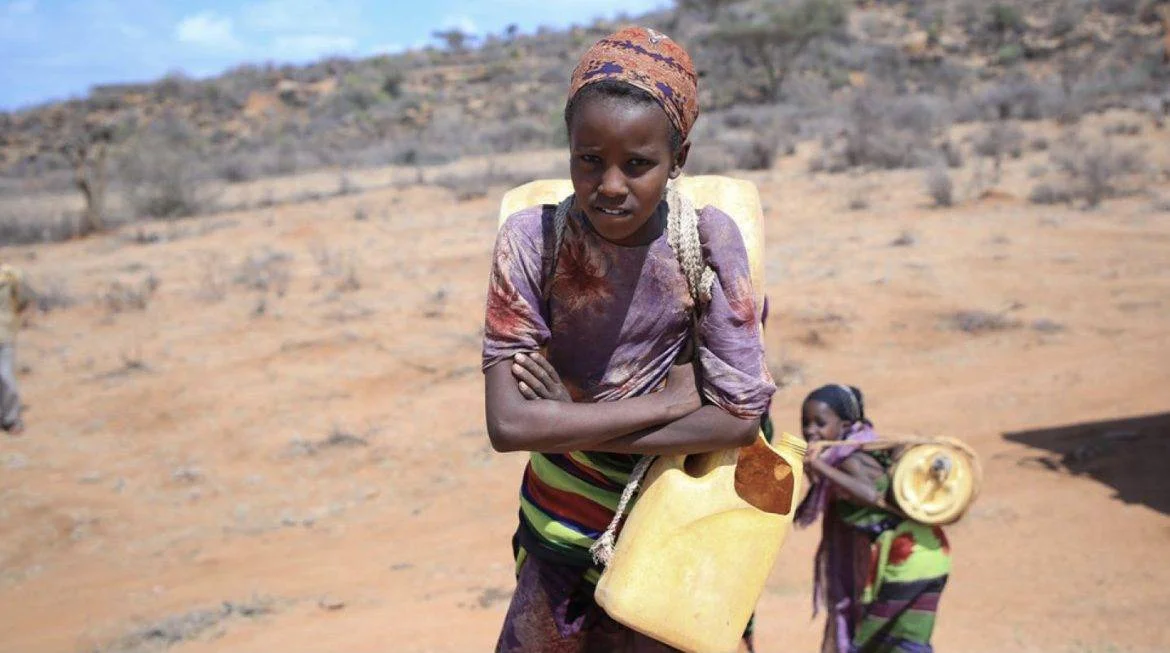The country of Ethiopia is suffering from a severe drought that is the worst that the country has seen in decades, the Guardian reports.
Experts estimate that by mid-March more than 6.8 million people in the “horn of Africa” will be affected and in immediate need of humanitarian aid. According to UNICEF, almost ”850,000 children in those areas will be severely malnourished this year due to a combination of drought, conflict and economic downturn.”
“We have had the failure of three consecutive rainy seasons,” said Gianfranco Rotigliano, the UNICEF regional director for West and Central Africa. “If in April the rain comes, things will get better. But, if not, then we will have something comparable to what we saw in 1999 or 1993 to 94.”
The cost for essentials such as the rehabilitation of wells, child nutrition, and water trucking will come at a price tag of around $27.3 million, the UNICEF’S Ethiopia emergency drought appeal reported.
If that money isn’t raised, Rotigliano warned: “As they say in West Africa, ce sera la catastrophe [it will be a disaster].”
Currently, around 4.4 million people are being impacted by severe water shortages, from the lowlands of Ethiopia’s southeastern Somali region to parts of the Oromia region.
Abdi Farah Ahmed, a representative of the regional health bureau in Jijiga, Somalia, explained that the recent drought followed a catastrophic locust invasion which caused crop failure, the death of livestock, and the numbers of the malnourished to soar. Because of the lack of options, many have abandoned their homes, he added.
As of December, over a fifth of under-fives in Somali are suffering from global acute malnutrition and the number of those suffering from severe acute malnutrition is steadily rising.
“But in December 2021, the number of new SAM cases admitted at the health facilities was 11,588. This means a rise of 18.5% [on the previous month],” Ahmed added.
Abdirahman Ali Hussein, a healthcare worker in the Korahey zone of Somalia said that the government’s resources are reaching their limit and the drought is rapidly extending to other regions.
“The government is trying to supply everything but there is overload,” Hussein said. “For example, for one health center we’re [supposed to be] receiving 25,000 people,” he continued. “But now with this drought sometimes you can see 40,000 to 50,000 people.”
Because of the uptick in malnutrition, as well as growing internal migration, the healthcare sector is under intense pressure.
After visiting the Somali region, Rotigliano is pleading with donors to give money now before the crisis affects even more people in the region. “When you have the pictures of the children who are, you know, three years old and they weigh three kilos, then everybody is putting the money upfront – but do we want to get there?” he said.



